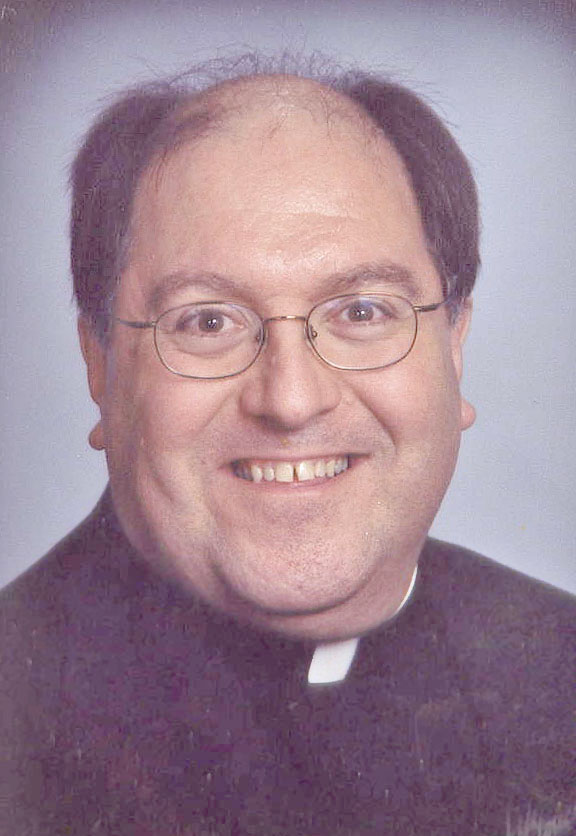 When you were growing up, who were your heroes? Growing up in the sixties and seventies, we seemed to have many. As young men we wanted to be like John Glenn and JFK. Like them, we wanted to make our mark on the world. The airwaves were filled with stories of superheroes, like Batman, Superman, and the Green Hornet.
When you were growing up, who were your heroes? Growing up in the sixties and seventies, we seemed to have many. As young men we wanted to be like John Glenn and JFK. Like them, we wanted to make our mark on the world. The airwaves were filled with stories of superheroes, like Batman, Superman, and the Green Hornet.
Growing up in a Catholic elementary school exposed us to other “superheroes,” those whom our Dominican Sisters taught us were valiant in the fight for truth and justice — God’s truth and justice. We were taught about the heroism of the North American Martyrs, the faith of Kateri Tekakwitha, and the work of countless missionaries that gave their lives for their faith.
I wonder whom Americans uphold today as their heroes? Who are the persons we should be looking to as role models for our lives? It seems that there are very few within the popular culture whom I would place in this category. So, like my good teachers, I would ask us to think about those people, near and far, who give us examples for our lives.
Immediately one thinks of St. Francis of Assisi or St. Damien of Molokai. We think of our American saints, St. Isaac Jogues, St. Elizabeth Ann Seton, St. Katherine Drexel, St. John Neumann. The list could go on and on.
I do think of these. Certainly these people have lived exemplary lives in the midst of difficulties and issues of inequality and prejudice. They helped form the Church in a society newly-formed and looking for direction.
The Church gives us these extraordinary friends to help us on our way to the Kingdom. The Church upholds those who have lived ordinary lives in extraordinary ways showing forth the compassion, power and love of Jesus Christ for all God’s children. Our fellowship with them, which we call the Communion of Saints, gives us the strength that we need to move forward in faith when our peers and the popular culture looks at our Christian way of life as an oddity and impractical.
The U.S. Catholic Catechism for Adults defines the Communion of Saints as “the faithful on earth, the souls in Purgatory, and the blessed in heaven. In this Communion, the merciful love of God and his saints is always attentive to our prayers for one another and for the souls of the faithful departed. The Communion of Saints also refers to ‘holy things’ above all the Eucharist, by which the believers are formed into one Body of Christ.”
Therefore, the Communion of Saints helps us in two ways. First, the saints are always attentive to our prayers for one another. Those who are not of our Catholic faith always confuse this with our worshipping the saints. Whenever we pray to the saints it is so that they, close to God, may help us with their prayers and offer prayers on our behalf.
A young woman just related the following story to me. She said that her mother had a visit one day from members of the Mormon Church. When she opened the door of her house, a picture of the saints and a statue of Mary were clearly visible. The young men at the door began to tell this kindly Italian lady that such prayer was misguided and not proper worship. She responded by asking them a question. She asked, “Do you have pictures of your family members at home, in clear view for people to see?’ They answered, “Yes, of course.” “Then,” she suggested, “go home and put them away.” And she went on, “These pictures and statues are just reminders of my family members, those who love God as I love God. They have a rightful place in my home.”
Truly, these are members of our family who can not only lead us to holiness of life by following their example but also intercede for us in our times of need. The saints stand before the Throne of Grace to help us. And every time we offer the Holy Eucharist, the catechism reminds us that they are present there. All those who have gone before us in faith are standing at the Altar of Sacrifice with us offering worship to our Heavenly Father. The Church is most united in its celebration of the Eucharist, where the whole Church prays as one.
What urges a couple, married over 60 years to stay together through pain, illness and old age? It is the love that they bear and the love they have borne throughout the years following the example of other holy men and women who struggled in married life and followed God’s way. What keeps the single person on the path of righteousness and truth? The example of all those who have gone before us, struggled against the mores of the times and persevered in faith? What keeps the religious and priests faithful to their vocation in times of struggle, scandal and doubt? It is the fidelity of those who have withstood all for the Gospel of Jesus Christ. We have been given extraordinary friends to help us on the way.



